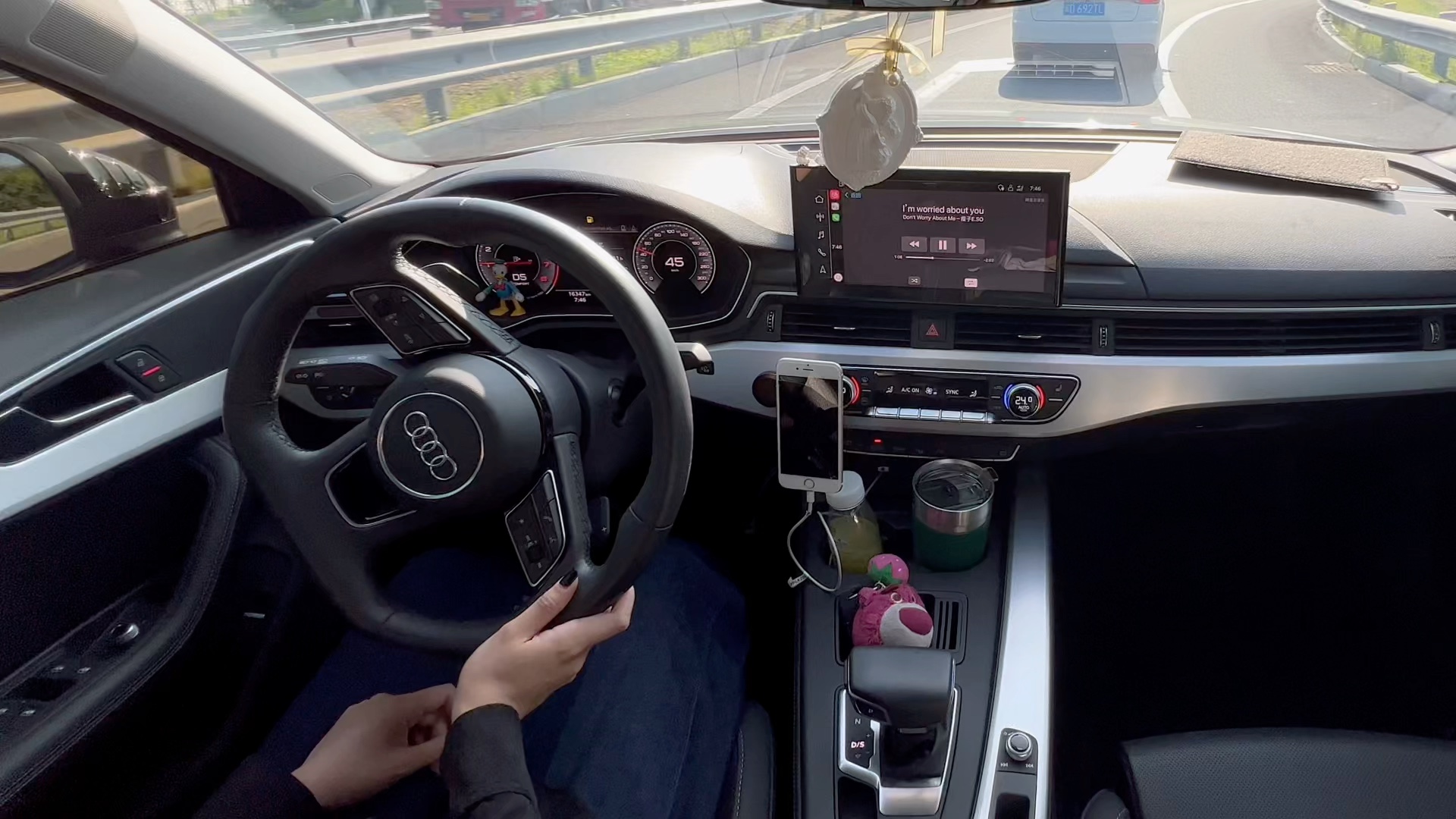In today’s connected world, checking your phone behind the wheel seems harmless – yet this small habit causes thousands of preventable crashes every year. With more than 100 million U.S. drivers using mobile phones while driving, the question isn’t just about convenience anymore; it’s about life and death.
📊 The Current Reality of Phone Use on the Road
According to the National Highway Traffic Safety Administration (NHTSA), around 8% of all drivers are on their phones at any given time – whether texting, calling, or browsing. That might not sound huge, but it’s a staggering number when you realize that drunk driving incidents occur less frequently. The reason we don’t see even more chaos on the roads is because the other 92% of drivers are constantly compensating for distracted ones.
⚠️ Why Using a Phone While Driving Is So Dangerous
Research from the University of Utah revealed that drivers talking on a phone – whether handheld or hands-free – have reaction times as poor as drunk drivers. The problem isn’t just your hands being busy; it’s your brain. Mobile phones create cognitive distractions that delay responses, reduce awareness, and make even skilled drivers prone to mistakes.
Simply put, when your attention is divided, your safety – and everyone else’s – is compromised.
🧠 Other Everyday Driving Distractions
While phones take most of the blame, they’re not alone. Drivers also lose focus due to:
- Talking to passengers
- Eating or drinking
- Adjusting the music or GPS
- Applying makeup or grooming
- Emotional stress or fatigue
Each activity diverts focus, but mobile phone usage remains the most cognitively demanding – because it tricks the brain into thinking it can multitask.
🔇 Can Cell Phone Jammers Reduce Distracted Driving?
One controversial but increasingly discussed solution is the use of in-vehicle cell phone jammers – devices that create a small “no-signal zone” to prevent phone use while driving.
💡 How It Works
A cell phone jammer emits a controlled electromagnetic signal that blocks communication between mobile phones and nearby cell towers within a limited range (typically less than 1 meter). Modern systems can even be programmed to disable only texting or data services, while still allowing emergency calls like 911.
The concept is simple: if the phone can’t connect, the driver can’t be distracted.
⚖️ Safety vs. Freedom – The Ethical Dilemma
While the idea sounds promising, it raises important questions:
- Should the government mandate jammers in all vehicles?
- Does blocking phone signals violate individual freedom or safety rights?
- How do we balance convenience and responsibility?
Some U.S. states have already piloted vehicle-integrated signal blockers. Early results indicate a measurable drop in distraction-related accidents, but public opinion remains split. Many drivers welcome the added safety, while others see it as government overreach.
🚀 Smarter Alternatives and the Road Ahead
For those uneasy about full jamming, several less invasive solutions are emerging:
- Built-in car systems (like Apple CarPlay or Android Auto) that manage calls safely.
- Hands-free voice assistants to reduce manual distractions.
- Driver education campaigns emphasizing awareness and responsibility.
- AI-based vehicle monitoring that detects phone use and warns the driver.
Meanwhile, next-generation portable cell phone jammers are becoming smarter and more selective – targeting specific frequencies only when a vehicle is in motion. These technologies could one day blend seamlessly into broader road safety systems.
🧭 Conclusion: The Real Question Isn’t “Can You?” But “Should You?”
Every time you glance at your phone on the road, you’re gambling with your life – and someone else’s. No call, text, or notification is worth that risk. Whether through education, technology, or regulation, the message is clear:
Driving requires your full attention. Everything else can wait.

